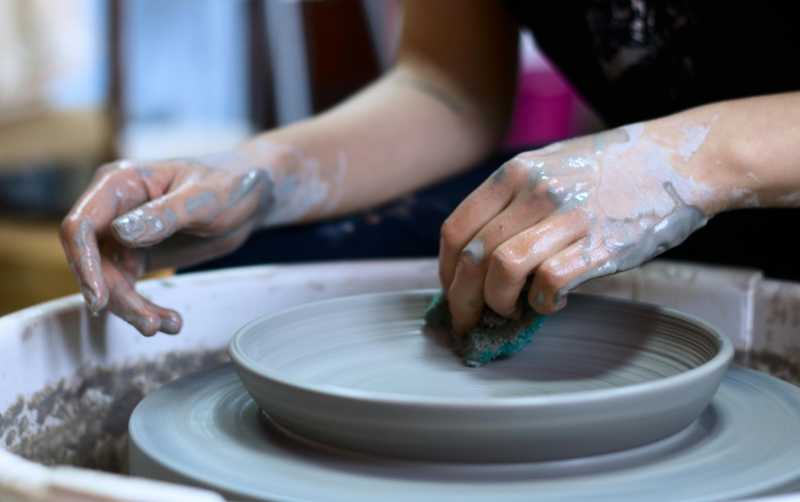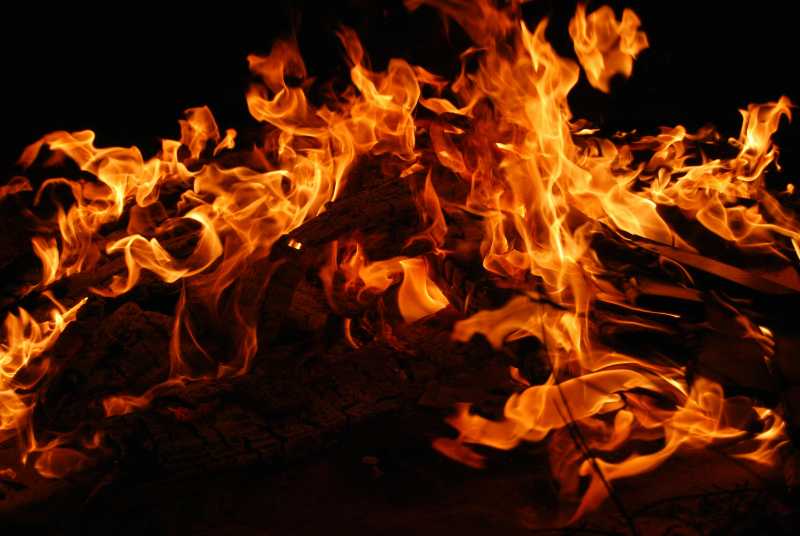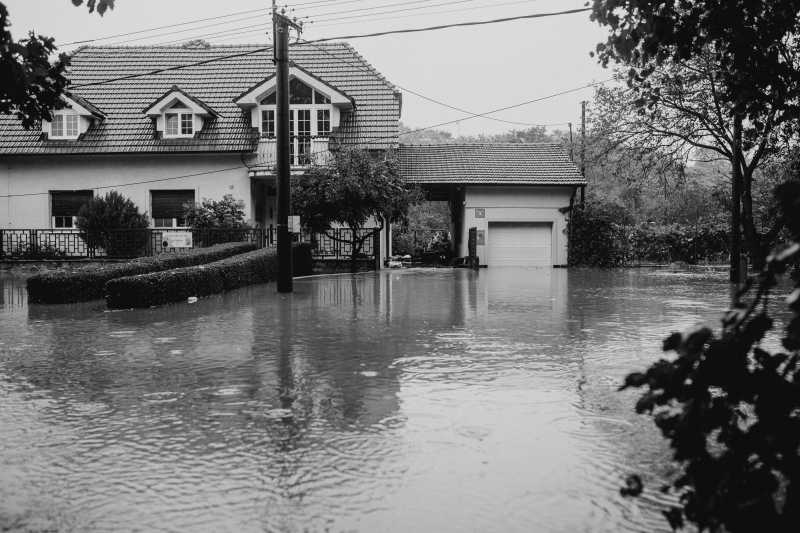Meta Description: Discover essential mold prevention tips for homeowners to keep your property safe and healthy. Learn about effective strategies, professional restoration services, and more!
Mold is a sneaky little menace that can wreak havoc in your home if you’re not careful. It thrives in damp, dark places, and before you know it, you’ve got a full-blown infestation on your hands. But don’t worry! With the right mold prevention tips, you can keep your home mold-free and your family safe. In this article, we’ll dive deep into practical strategies for preventing mold growth, the importance of professional restoration services, and how to handle any issues that may arise.
Understanding Mold: What Is It?
Mold is a type of fungus that can grow both indoors and outdoors. It reproduces through tiny spores that float in the air, and when these spores land on a damp surface, they can start to grow. Mold can be found in various colors, including black, green, and white, and it can cause health problems, especially for those with allergies or respiratory issues.
Why Is Mold a Problem?
Mold can lead to a range of health issues, including respiratory problems, skin irritation, and allergic reactions. Additionally, it can damage your property, leading to costly repairs. This is where water damage restoration and mold remediation come into play. If mold is left untreated, it can compromise the structural integrity of your home, making it essential to address any moisture issues promptly.
The Importance of Mold Prevention Tips
Preventing mold is far easier than dealing with an infestation. By implementing effective mold prevention tips, you can save yourself time, money, and stress. Here are some key strategies to keep mold at bay.
1. Control Humidity Levels
Keep Humidity Below 60%
Mold loves humidity. Keeping your home’s humidity levels below 60% is crucial. You can use a hygrometer to monitor humidity levels. If you find that humidity is high, consider using a dehumidifier, especially in areas prone to moisture, like basements and bathrooms.
2. Ensure Proper Ventilation
Ventilate Your Home
Good airflow is essential for mold prevention. Make sure your home is well-ventilated, especially in areas like kitchens and bathrooms. Use exhaust fans when cooking or showering to help reduce moisture levels. Open windows when weather permits to allow fresh air to circulate.
3. Fix Leaks Promptly
Address Water Leaks Immediately
Water leaks can create the perfect environment for mold growth. Regularly check for leaks in your roof, walls, and plumbing. If you notice any signs of water damage, such as stains or damp spots, address them immediately. This is where emergency restoration services can be invaluable.
4. Use Mold-Resistant Products
Choose Mold-Resistant Materials
When renovating or building, consider using mold-resistant products. For example, mold-resistant drywall and paints can help prevent mold growth in high-moisture areas. This is a proactive approach to mold prevention that can save you headaches down the line.
5. Clean and Maintain Regularly
Regular Cleaning is Key
Regular cleaning can help prevent mold spores from settling in your home. Pay special attention to areas that are prone to moisture, such as bathrooms and kitchens. Use mold-killing solutions to clean surfaces and keep them dry.
The Role of Water Damage Restoration in Mold Prevention
Water damage is one of the leading causes of mold growth. When your home suffers from water damage, it’s crucial to act quickly. Water damage restoration involves removing excess water and drying out affected areas to prevent mold from taking hold.
What to Do After Water Damage
- Assess the Damage
Determine the extent of the water damage. If it’s significant, you may need to call in professionals for property restoration.
- Remove Wet Materials
Remove any wet carpets, furniture, or drywall that can’t be dried out. These materials can harbor mold.
- Dry the Area
Use fans and dehumidifiers to dry the area thoroughly. The faster you dry it, the less likely mold will grow.
- Monitor for Mold Growth
After the area is dry, keep an eye out for any signs of mold. If you notice any, it’s time to call in professional restoration services for mold remediation.
Fire Damage Restoration and Its Connection to Mold
While fire damage may seem unrelated to mold, the aftermath can create conditions ripe for mold growth. When a home is damaged by fire, water is often used to extinguish the flames, leading to potential water damage.
Steps to Take After Fire Damage
- Assess the Damage
Just like with water damage, assessing the extent of the fire damage is crucial.
- Contact Fire Damage Restoration Services
Reach out to professionals who specialize in fire damage restoration. They can help mitigate the damage and prevent mold growth.
- Dry Out the Area
Ensure that all areas affected by water are dried out thoroughly to prevent mold.
- Reconstruction Services
After the restoration, you may need reconstruction services to repair any structural damage.
Mold Remediation: When to Call the Professionals
If you find mold in your home, it’s essential to act quickly. While small patches of mold can sometimes be cleaned up with household products, larger infestations require professional help.
Signs You Need Mold Remediation
- Visible Mold Growth
If you see mold growing on walls, ceilings, or other surfaces, it’s time to call in the experts.
- Musty Odors
A persistent musty smell can indicate hidden mold growth.
- Health Issues
If you or your family members experience unexplained health issues, mold could be the culprit.
The Mold Remediation Process
- Inspection and Assessment
Professionals will inspect your home to determine the extent of the mold problem.
- Containment
They’ll contain the affected area to prevent mold spores from spreading.
- Removal
The mold will be safely removed, and any contaminated materials will be disposed of.
- Cleaning and Disinfection
The area will be thoroughly cleaned and disinfected to prevent future growth.
- Restoration
Finally, any damaged materials will be repaired or replaced.
Biohazard Cleanup: A Specialized Service
In some cases, mold can be classified as a biohazard, especially if it’s associated with sewage or other hazardous materials. Biohazard cleanup requires specialized training and equipment to ensure safety.
When Is Biohazard Cleanup Necessary?
- Sewage Backup
If mold is present in areas affected by sewage, professional biohazard cleanup is essential.
- Flooding
Floodwaters can introduce contaminants that make mold remediation more complex.
The Biohazard Cleanup Process
- Assessment
Professionals will assess the situation and determine the best course of action.
- Containment
The area will be contained to prevent exposure to hazardous materials.
- Removal and Disposal
Contaminated materials will be safely removed and disposed of according to regulations.
- Cleaning and Decontamination
The area will be thoroughly cleaned and decontaminated.
- Restoration
Any damaged structures will be repaired or replaced.
Customer Satisfaction in Restoration Services
When dealing with mold, fire, or water damage, customer satisfaction is paramount. Homeowners want to know that they’re getting the best service possible.
What to Look for in Restoration Services
- Experience and Expertise
Choose a company with a proven track record in professional restoration services.
- Insurance Collaboration
A good restoration company will work with your insurance provider to ensure you’re covered.
- Transparent Pricing
Look for companies that provide clear and upfront pricing.
- Customer Reviews
Check online reviews and testimonials to gauge customer satisfaction.
Insurance Collaboration: Navigating the Claims Process
Dealing with insurance can be daunting, especially after a disaster. Understanding how to navigate the claims process can make a significant difference in your restoration experience.
Tips for Working with Insurance
- Document Everything
Take photos and keep records of all damage and repairs.
- Understand Your Policy
Familiarize yourself with your insurance policy to know what’s covered.
- Communicate Clearly
Keep open lines of communication with your insurance adjuster.
- Get Multiple Estimates
It’s wise to get estimates from several restoration companies to ensure you’re getting a fair deal.
FAQs About Mold Prevention Tips
1. What are the best mold prevention tips for homeowners?
The best mold prevention tips include controlling humidity levels, ensuring proper ventilation, fixing leaks promptly, using mold-resistant products, and maintaining regular cleaning routines.
2. How can I tell if I have mold in my home?
Signs of mold include visible growth on surfaces, musty odors, and unexplained health issues among residents.
3. When should I call a professional for mold remediation?
If you notice significant mold growth, persistent odors, or health issues, it’s time to call professionals for mold remediation.
4. Can I clean mold myself?
Small patches of mold can sometimes be cleaned with household products, but larger infestations should be handled by professionals.
5. How does water damage lead to mold growth?
Water damage creates a damp environment that is ideal for mold spores to settle and grow. Prompt water damage restoration is crucial to prevent this.
6. What should I do if I experience a sewage backup?
If you experience a sewage backup, it’s essential to call for biohazard cleanup services immediately to ensure safety and proper remediation.
Conclusion: Stay Proactive with Mold Prevention Tips
Mold prevention is all about being proactive. By implementing the tips outlined in this article, you can significantly reduce the risk of mold growth in your home. Remember, if you ever find yourself facing a mold issue, don’t hesitate to reach out to professionals who specialize in mold remediation and water damage restoration.
At the end of the day, your home should be a safe haven for you and your family. So, take these mold prevention tips to heart, and keep your living space healthy and happy. If you need assistance, don’t forget that we’re COMMITTED TO QUALITY SERVICE. Call us now at 855-933-7935 for fast, friendly, and professional service. Schedule now to ensure your home remains mold-free!
For more information on our services, visit our website: Project Restoration CA.



